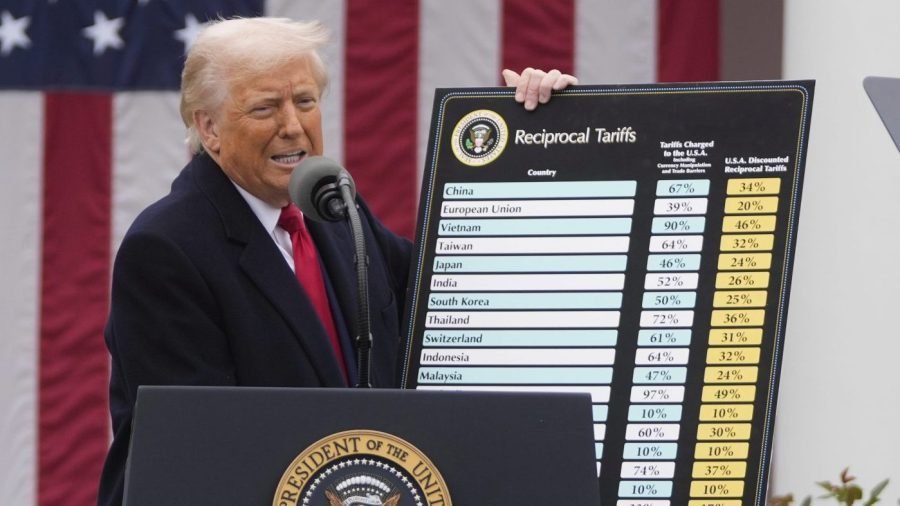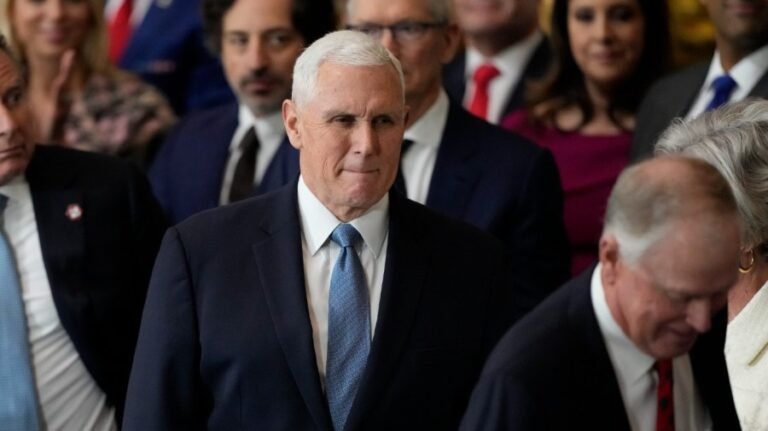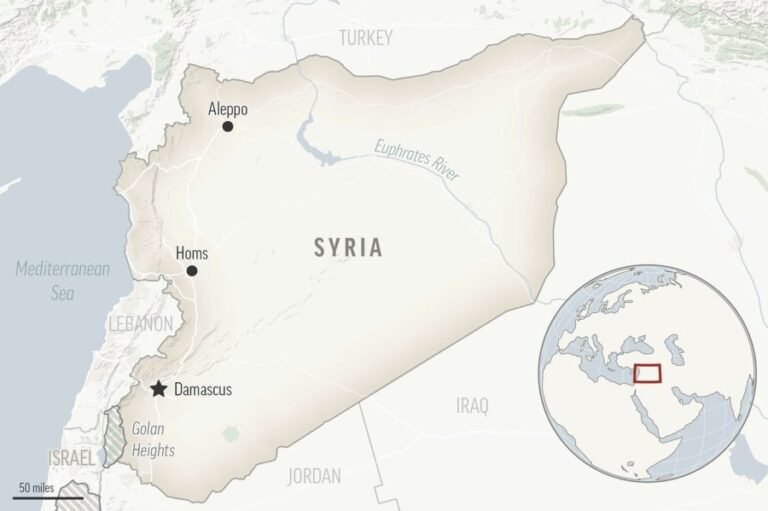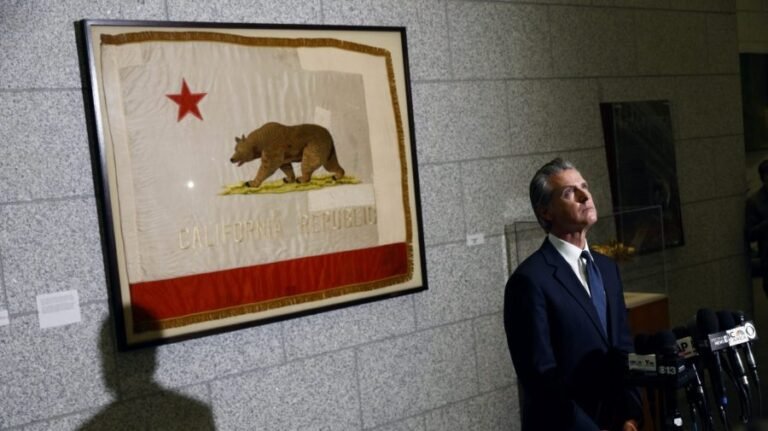
Tariffs announced by the Trump administration last month cratered the global financial market. They destroyed $7 trillion in wealth in the first week and the effects will continue to reverberate for months.
The tariffs invoked retaliation of a 125 percent tariff from China, America’s largest trading partner. They broke an 80-year bond of friendship with our neighbor and closest ally, Canada. They have left our allies in Europe perplexed to embittered. The fallout is not over yet.
The economic rationale for the tariffs is they will bring back manufacturing to the U.S. The architect of this outmoded idea is the economist Peter Navarro. His theory is that as goods become more expensive to import into the U.S., companies will start relocating their manufacturing here — an idea called “onshoring” of manufacturing.
I scrutinized this scheme with my own MBA students in strategic management at Penn State University. Here are the reasons why the idea of onshoring is a fallacy.
Onshoring or relocation of manufacturing to a home country is a very complex decision for companies. It is based on the costs of doing business in different countries; tariff and non-tariff barriers of doing business; proximity of production to markets; availability and cost of resources such as raw materials, finance and labor; and companies’ long-term strategies.
Onshoring decision analysis itself takes months if not years, and must be cleared by multiple levels within organizations, and by country regulatory agencies at local and national levels.
First, reshoring to America will require investments in land, buildings, equipment and workforces within the U.S. Higher costs on these was a major reason why offshoring occurred in the first place. Costs of all these factors of production have escalated over the past few decades. With under 17 percent of the U.S. economy in the manufacturing sector, some of these factors, and a manufacturing ecosystem, are simply no longer available in America.
Reshoring would also require rebuilding the supply chain. Global supply chains are complex and multi-leveled. There are many layers of suppliers based in different countries with different tariff rates. Large companies have thousands of suppliers. Renegotiating contracts can take months or even years. Higher tariffs will increase the cost of supplies from even home-based suppliers, if those suppliers are using imported goods.
A third complexity that companies cannot necessarily trust that the current Trump tariffs will remain stable for long enough to match corporate calculations for return on investment. Large-scale investments involved in moving manufacturing across nations run into the hundreds of millions of dollars. These sunk costs take upwards of 10 years to recoup.
Trump’s flip-flopping on tariff rates, application dates, delays and reversals in his first administration — and his current attitude that countries can individually negotiate lower tariff deals with him — presents no guarantee of stability. Instead, it injects enormous uncertainty into the decision for any corporate board to accept. Shareholders would likely sue corporate boards that approve such uncertain investments.
So the hope that tariffs will lead to onshoring of manufacturing to the U.S. is a fantasy.
What can companies to do to minimize the disruption from these tariffs? There are many variations of onshoring that they can consider — re-shoring, friend-shoring, partial onshoring. Companies can re-shore from a present location to a lower-tariffed nation in their current vicinity. They can move to tariff-advantaged friendlier shores.
European companies, subject to a 20 percent tariff in their country, can consider relocating to Northern Ireland, which, as part of the U.K.,. is subject to only a 10 percent tariff. Companies can move some parts of their value chain to the U.S. to make their products have higher “made in America” content. They can modify the accounting of “value added” across countries.
Many games can be played in responses to the tariffs. But the most likely response for now is for companies to continue rationalizing and diversifying their supply chains.
Paul Shrivastava is co-president of the Club of Rome, a global think tank, and professor of management and organizations at the Pennsylvania State University.






